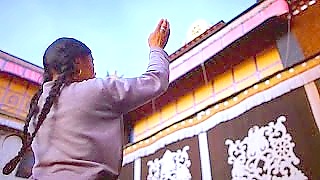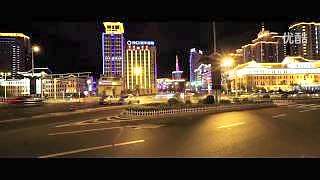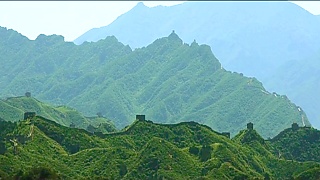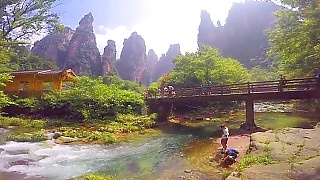Real freedom is to be able to live without fear - without fear of destitution, poverty, illness, murder and crime; being able to live; being able to love, one's family and friends and the wider world, because one is not in constant fear ...
Freedom to say what you like on a park stool (fake freedom / fools freedom - no leg irons, perhaps, but economic chains), or the real freedom to live your life ?
The West has decepid infrastructure, mass shootings (about 5 in just the last week), failing healthcare and declining life expectancy, to name a few of its ills. Is it all about the 1% or is it for all the people ?
The West needs to grow up.
With Sabrina in China ...
[640],shadow=true,start=,stop=In China, the people are family.
In the West, the people are livestock.
When you know you are family, no need to fear, and are free.
 Freedom – what is it, really
Freedom – what is it, really






















